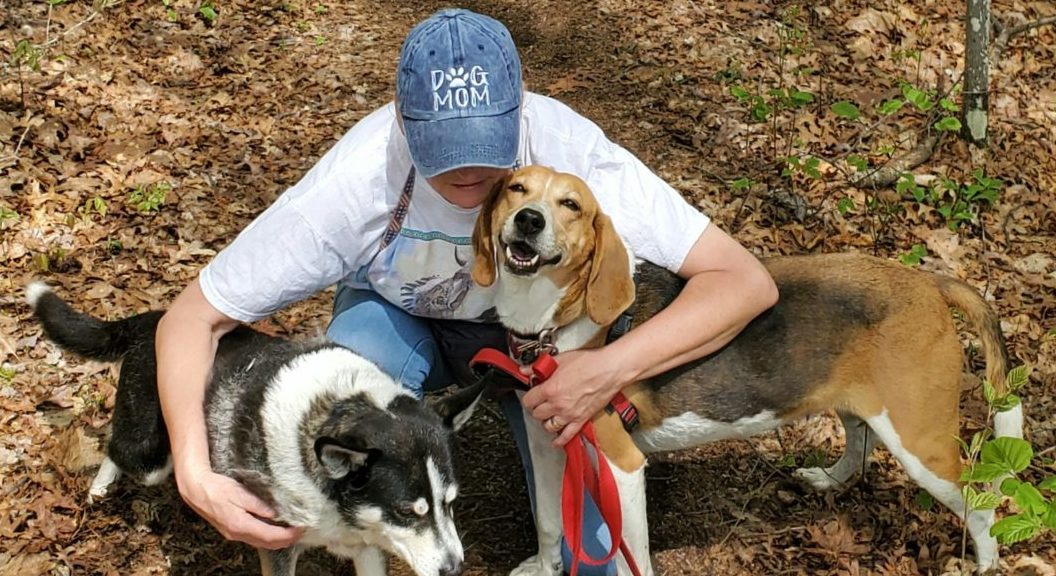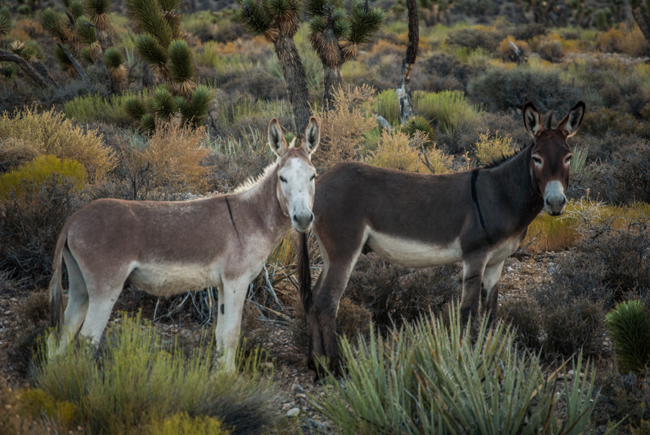
The first time I visited New York City I was horrified to see horses pulling carriages full of tourists on the busy city streets. I worked with horses for more than twenty years, and I wondered how anyone who cares about the well being of these sensitive animals could force them to work in this environment.
Every day carriage horses are forced to dodge traffic and potholes while being subjected to screeching brakes, car horns, sirens, jackhammers and the multitude of other sounds that can be heard in one of the most congested cities in the world. All so that tourists can enjoy the wonderful sites of New York City.
Those who support the horse-drawn carriage industry in cities say that it’s a long-held tradition that should be preserved. That argument no longer stood up in Guadalajara, Mexico, when earlier this year the municipal government followed up on a commitment to put a stop to animal abuse.
The traditional horse-drawn carriages are being replaced with electric-powered replicas. According to a report that published in the Mexico News Daily, the first 10 will arrive in Mexico’s second largest city this year. A second batch of 22 carriages is expected to arrive in the first half of 2018, and the third and last batch of 23 in one year’s time.
Continue reading “How You Can Help Reform the Horse-Drawn Carriage Industry in New York”



